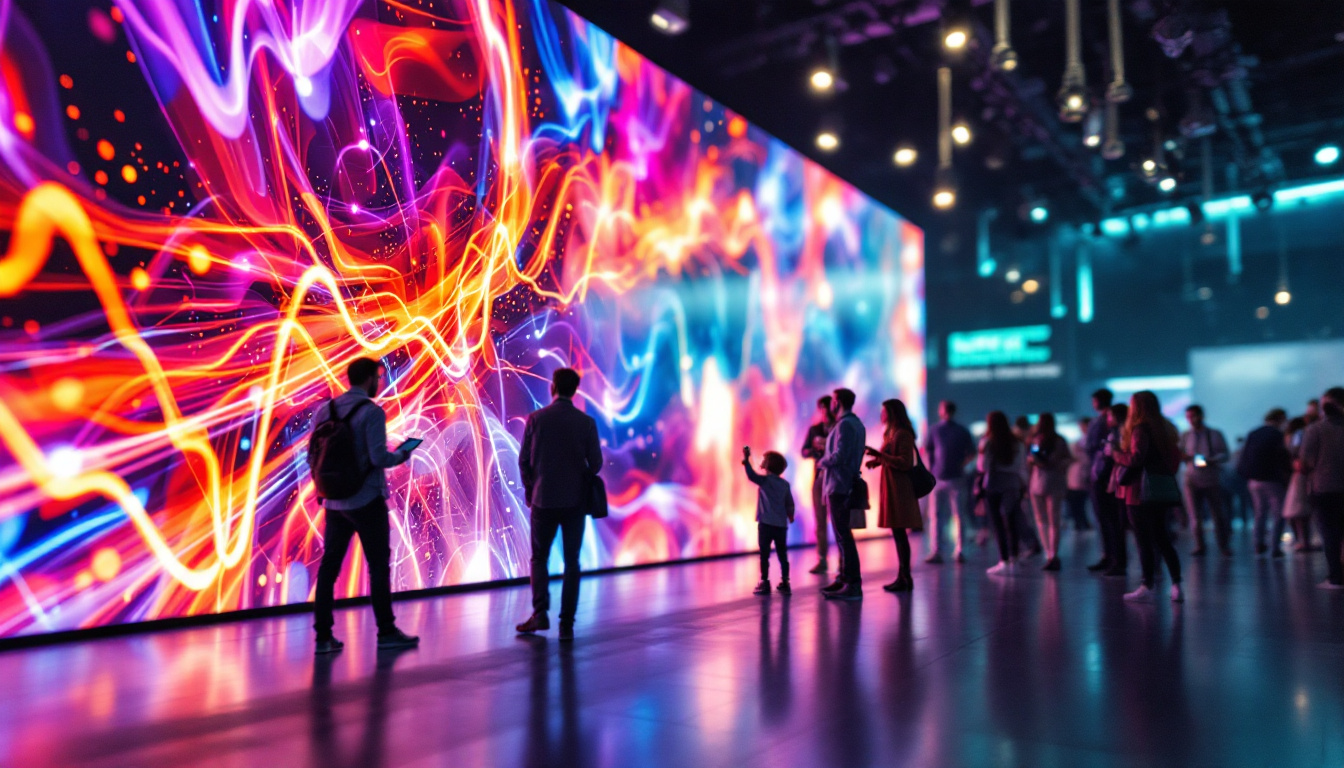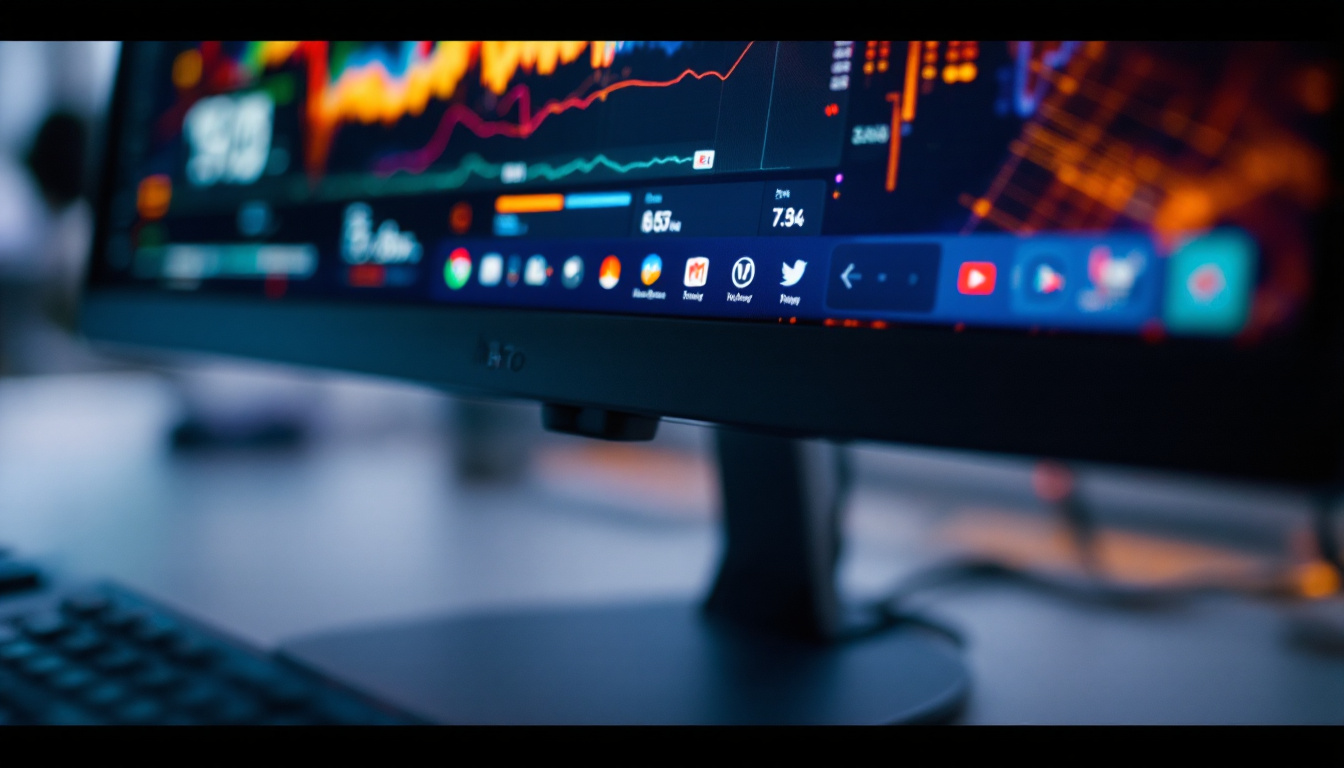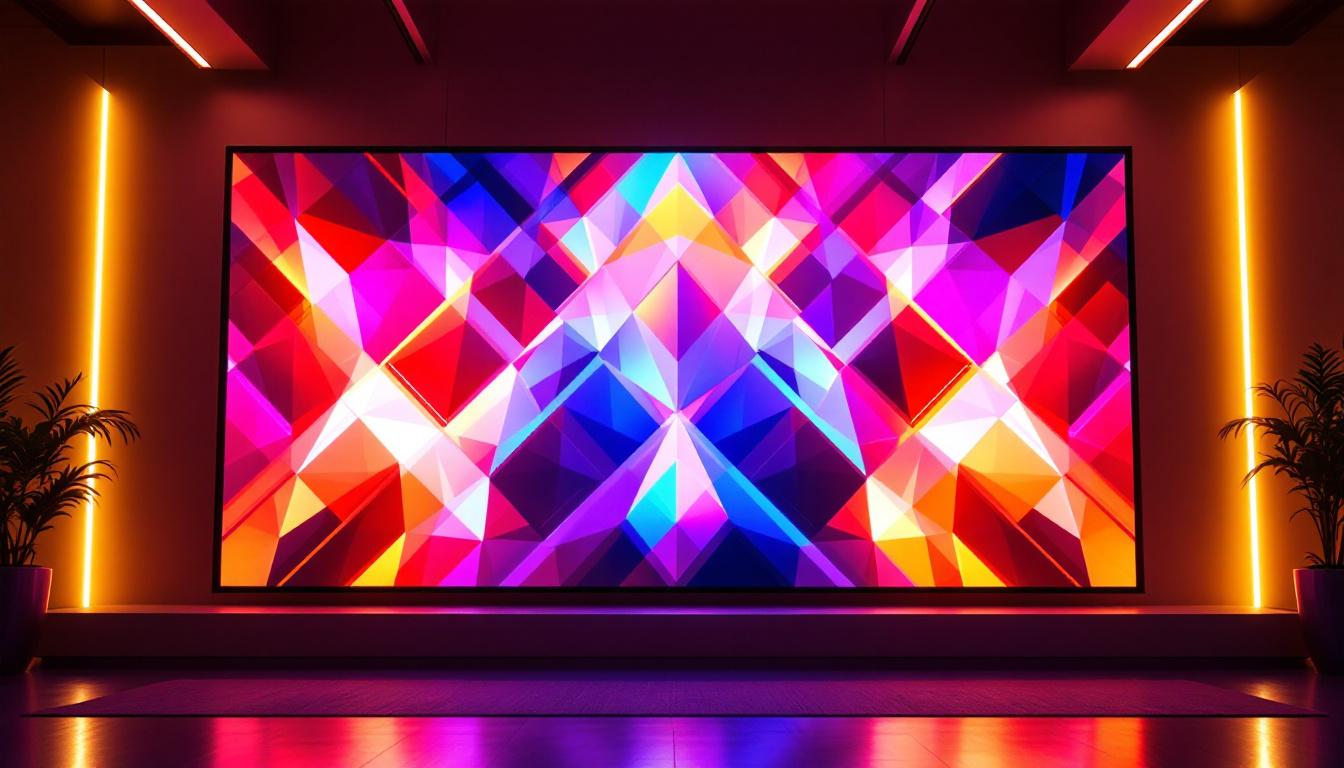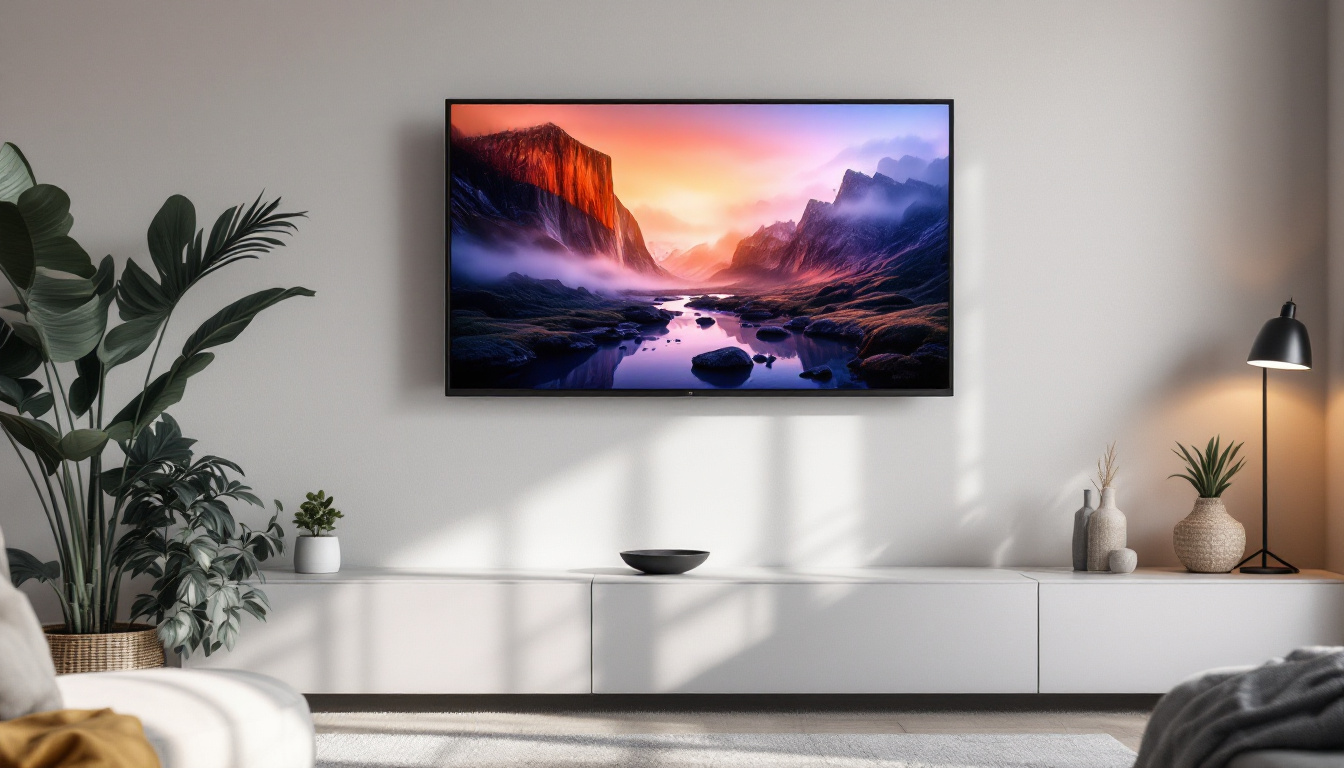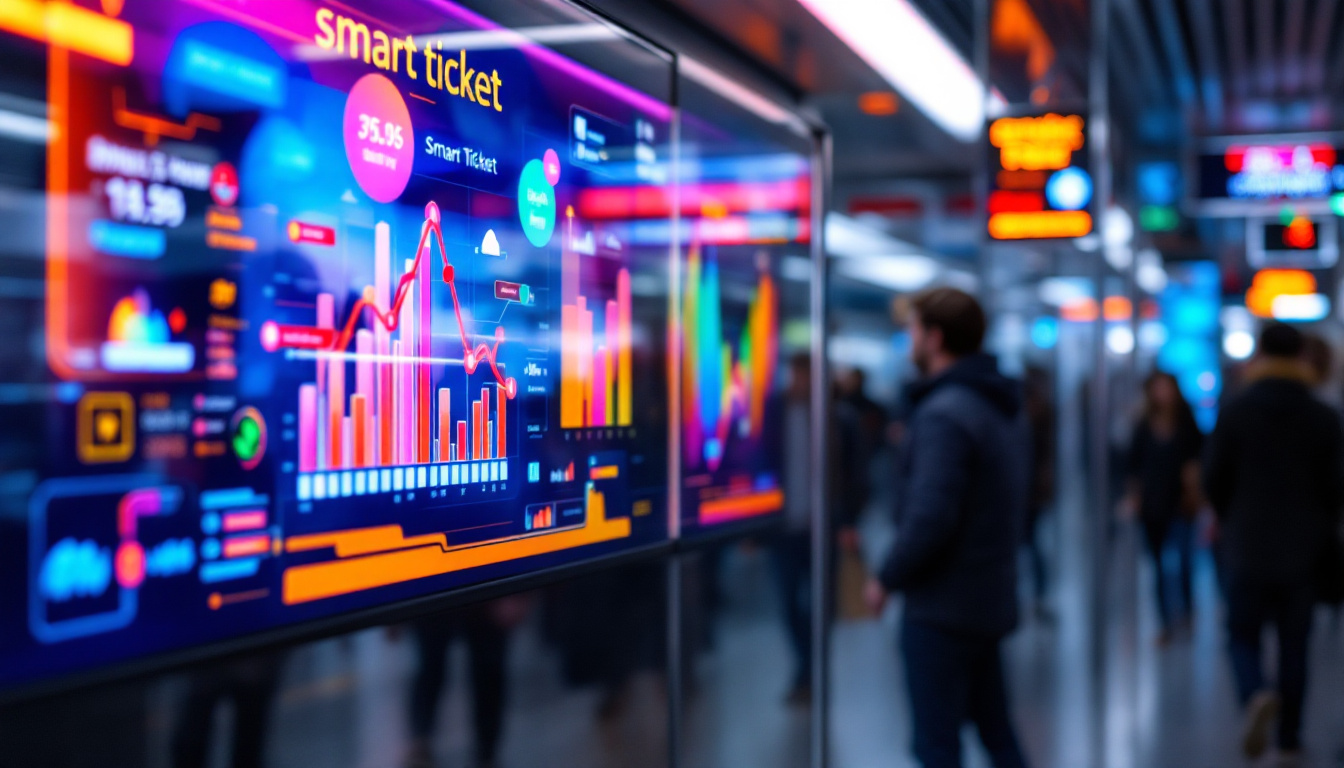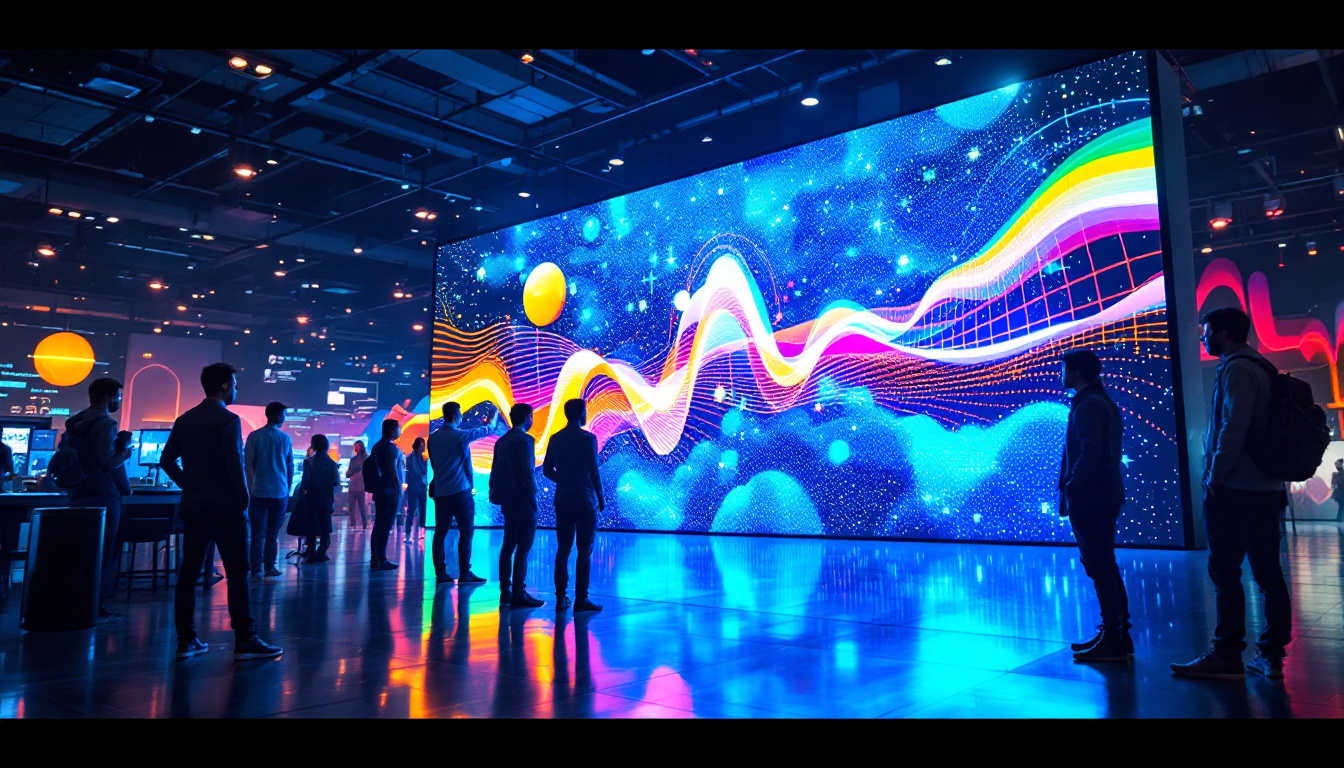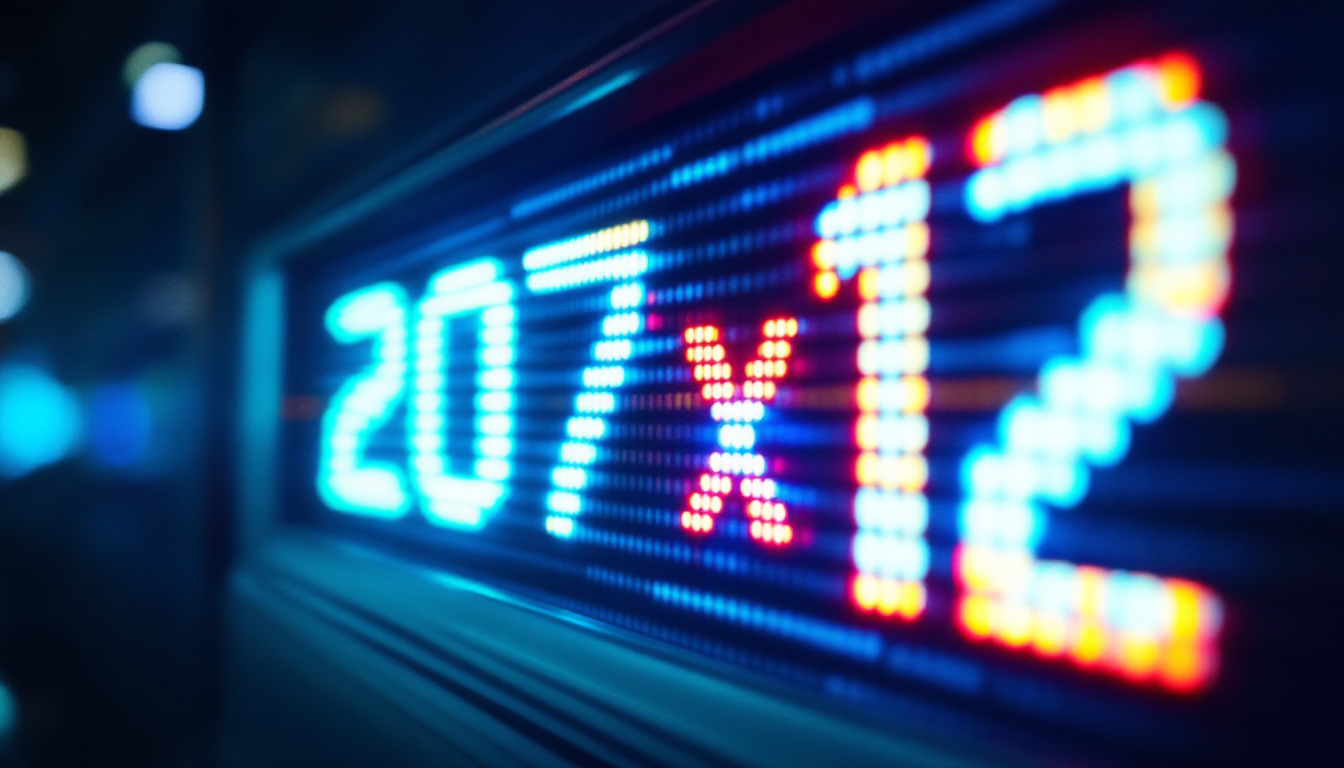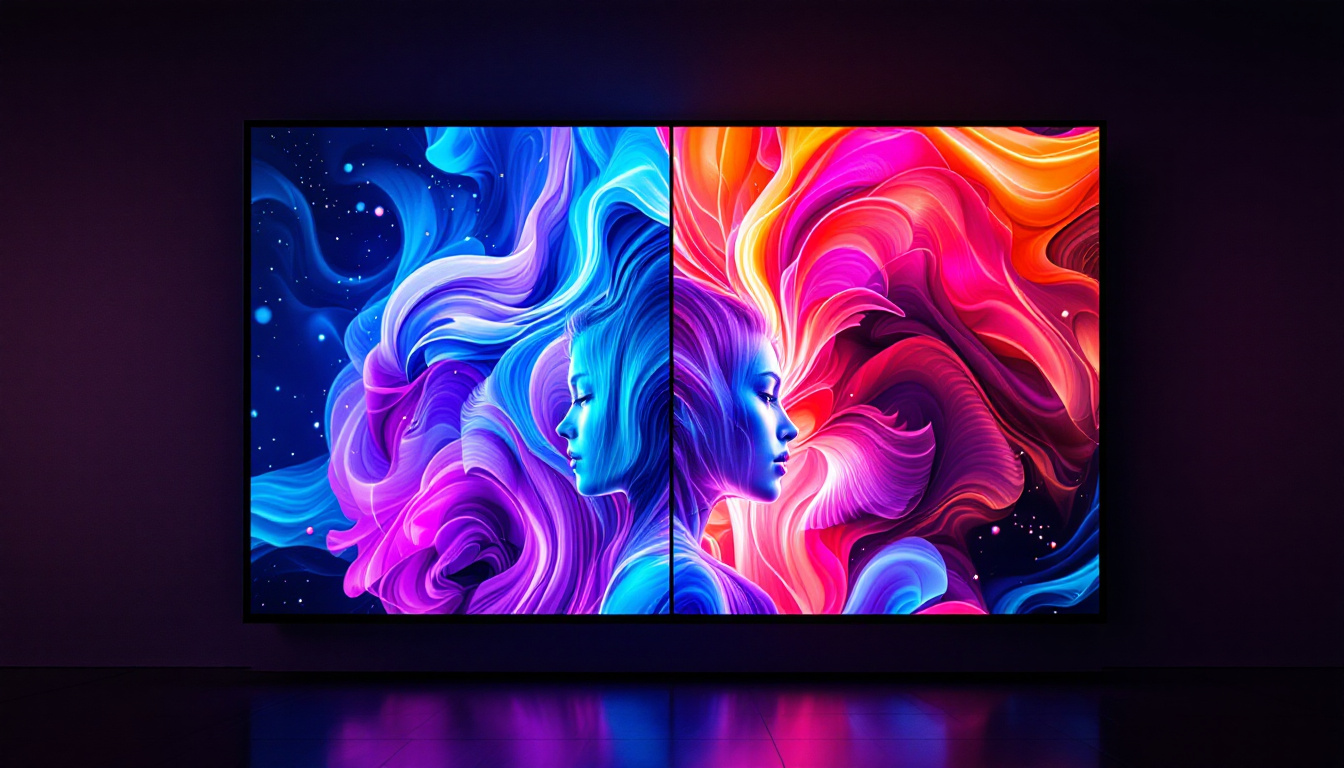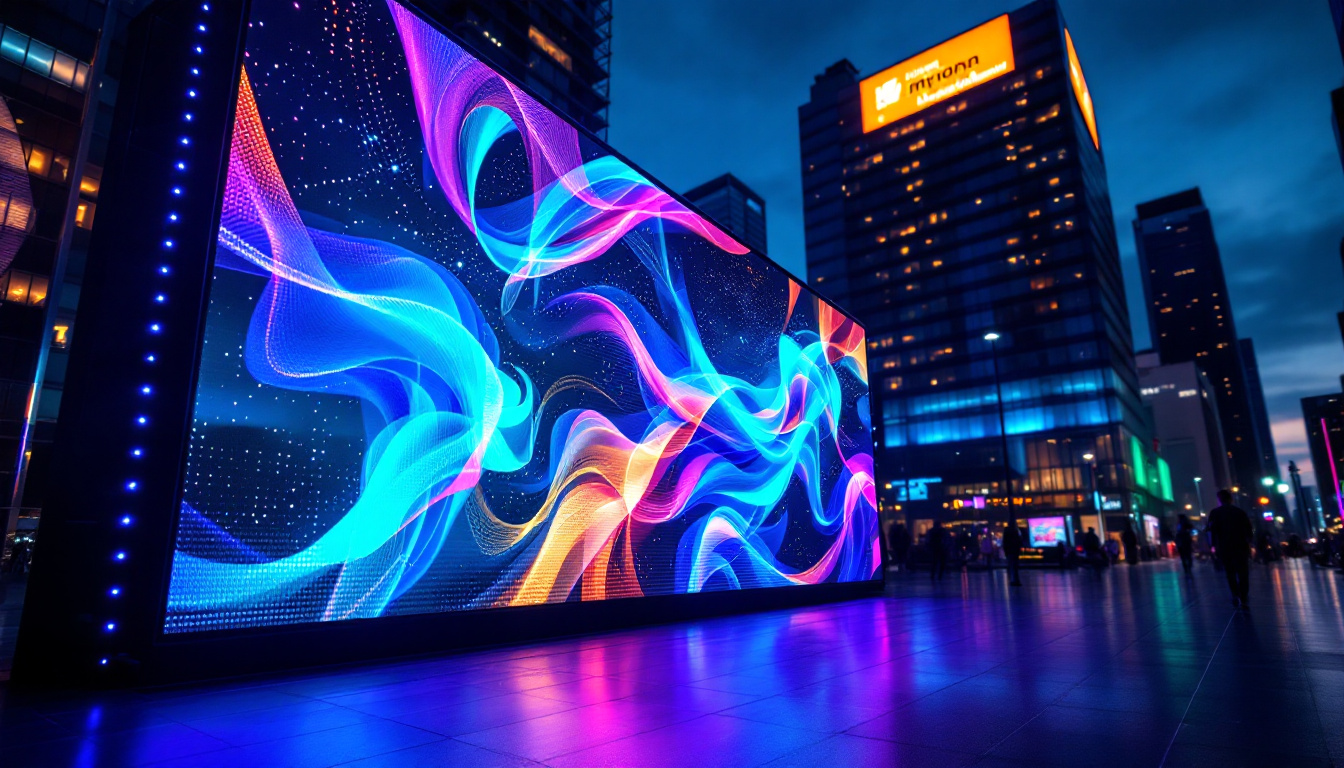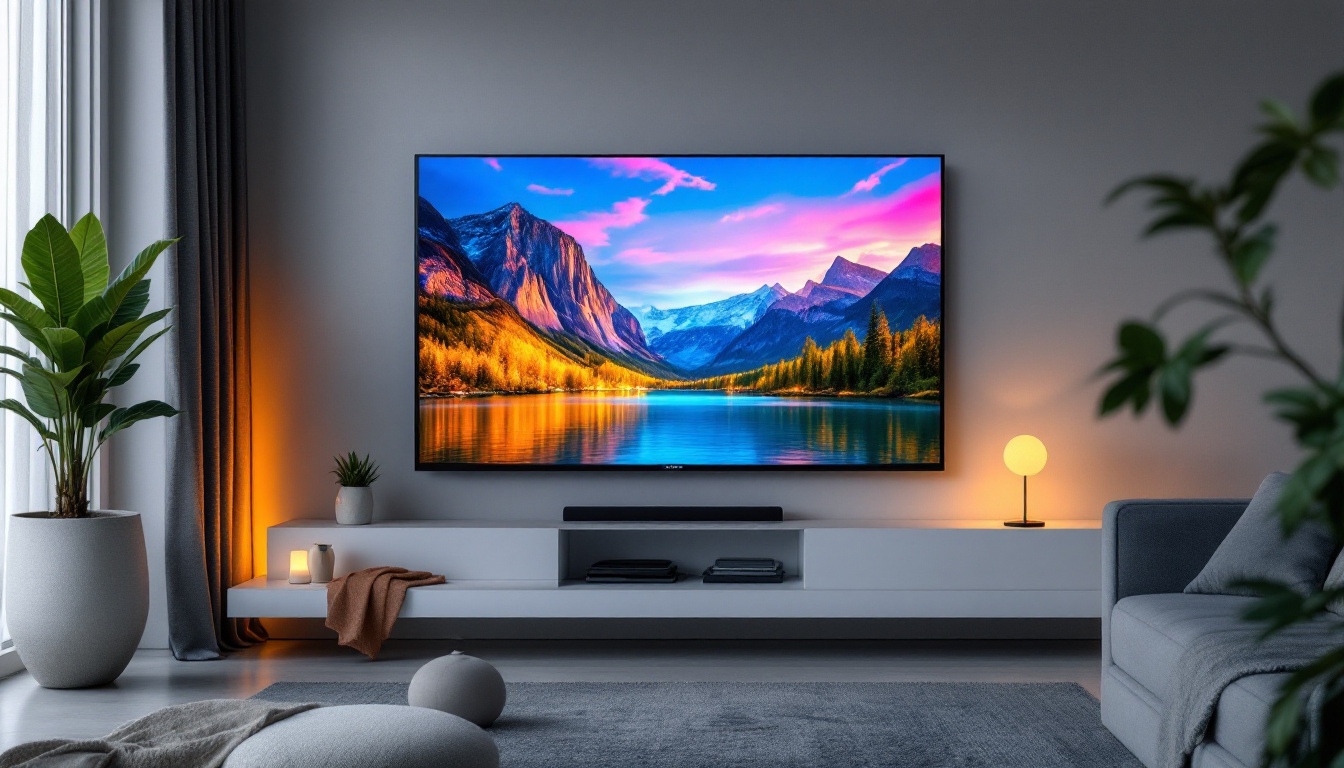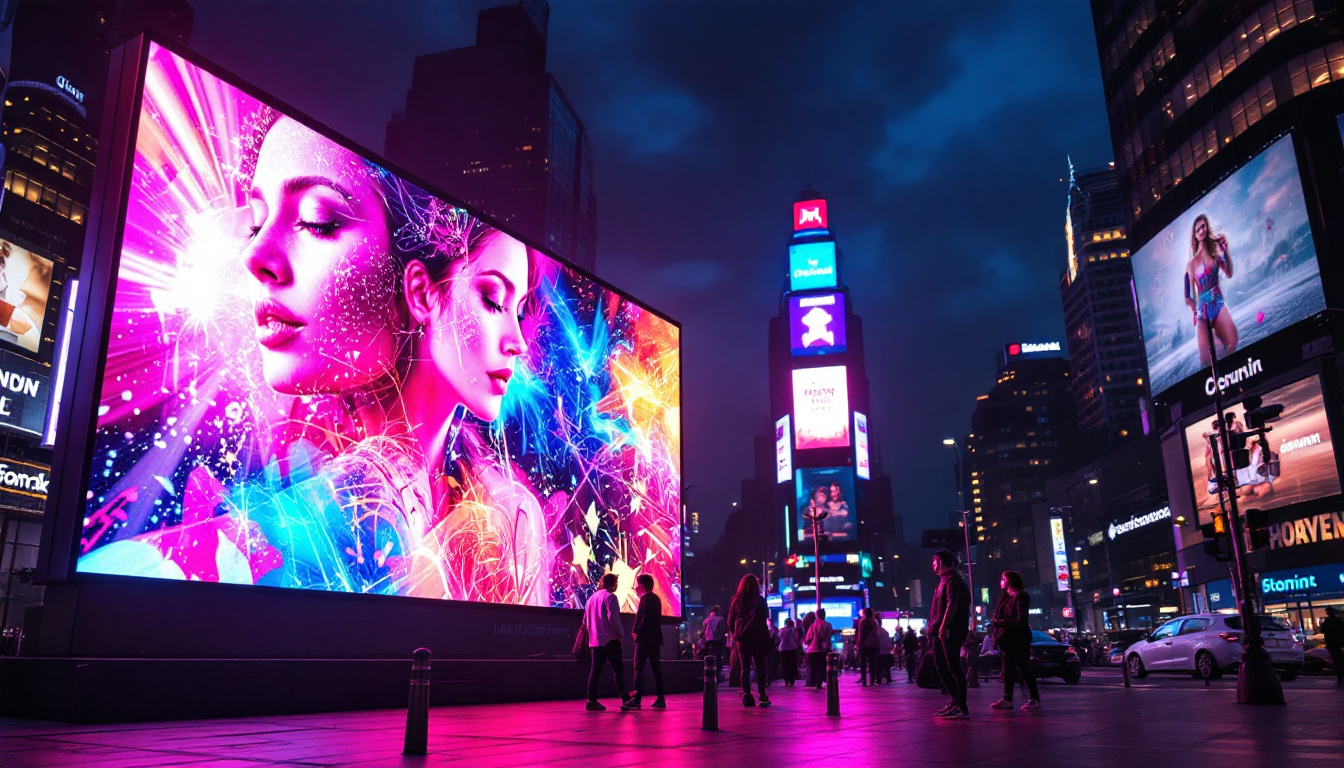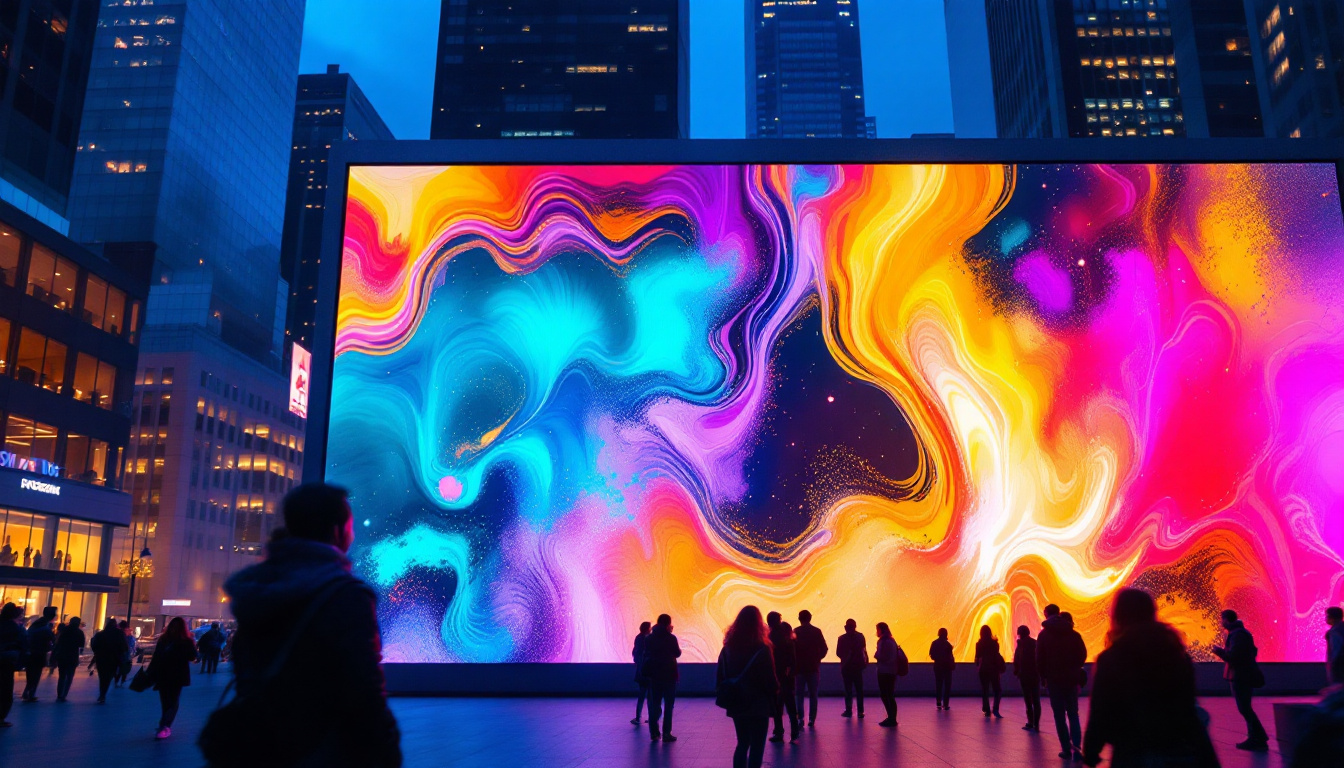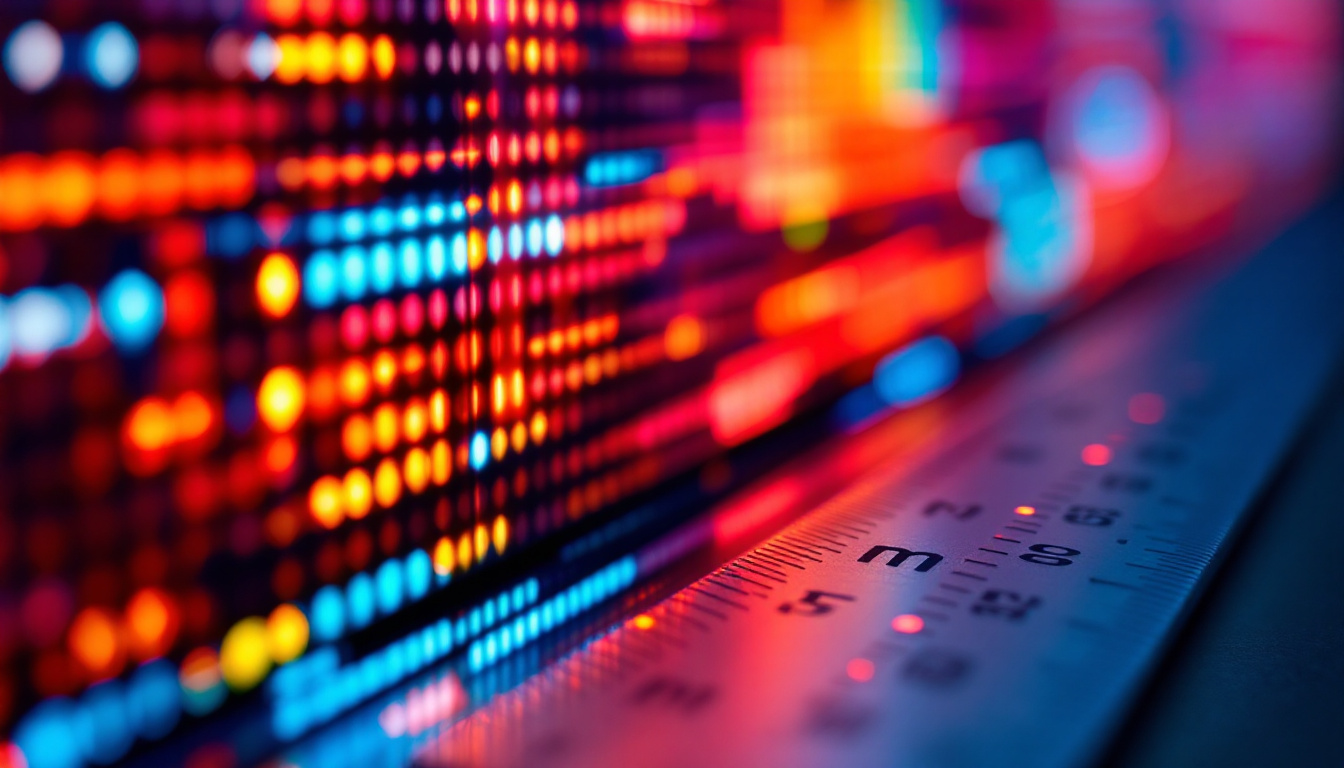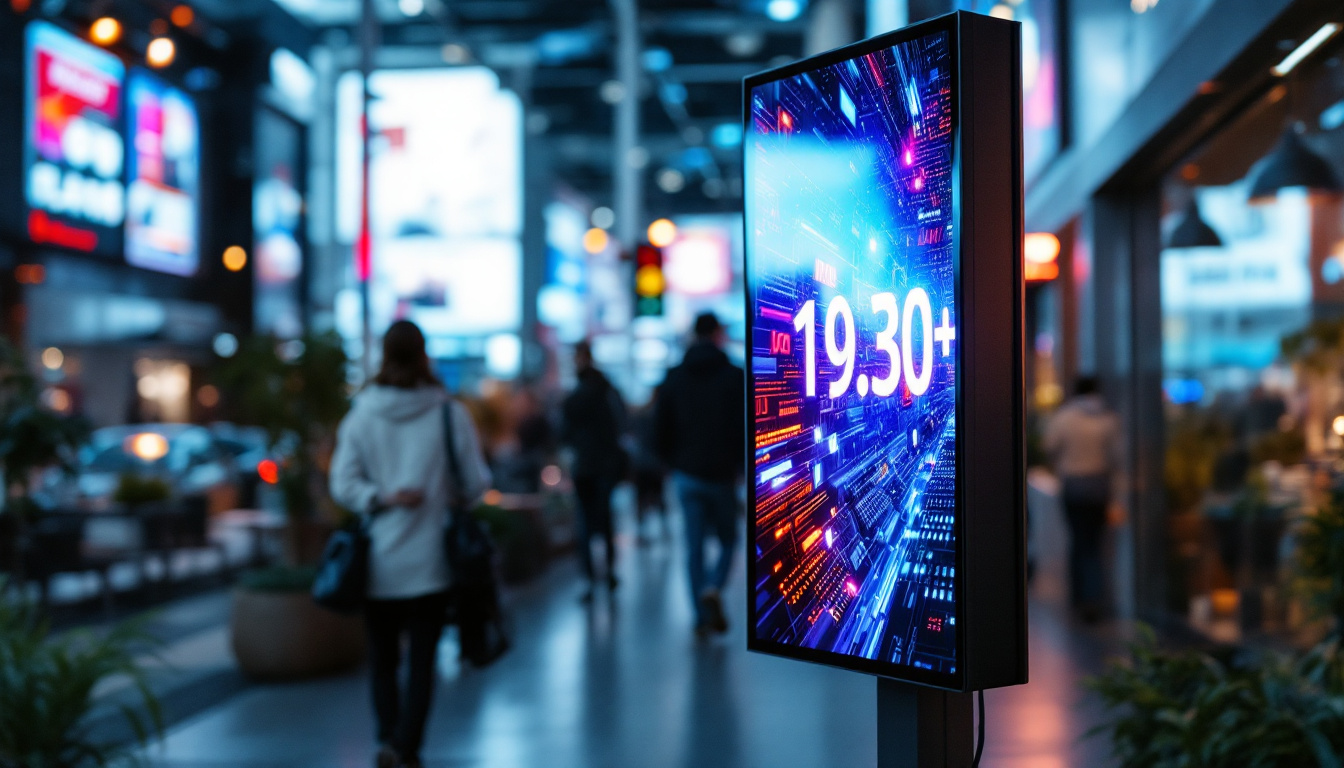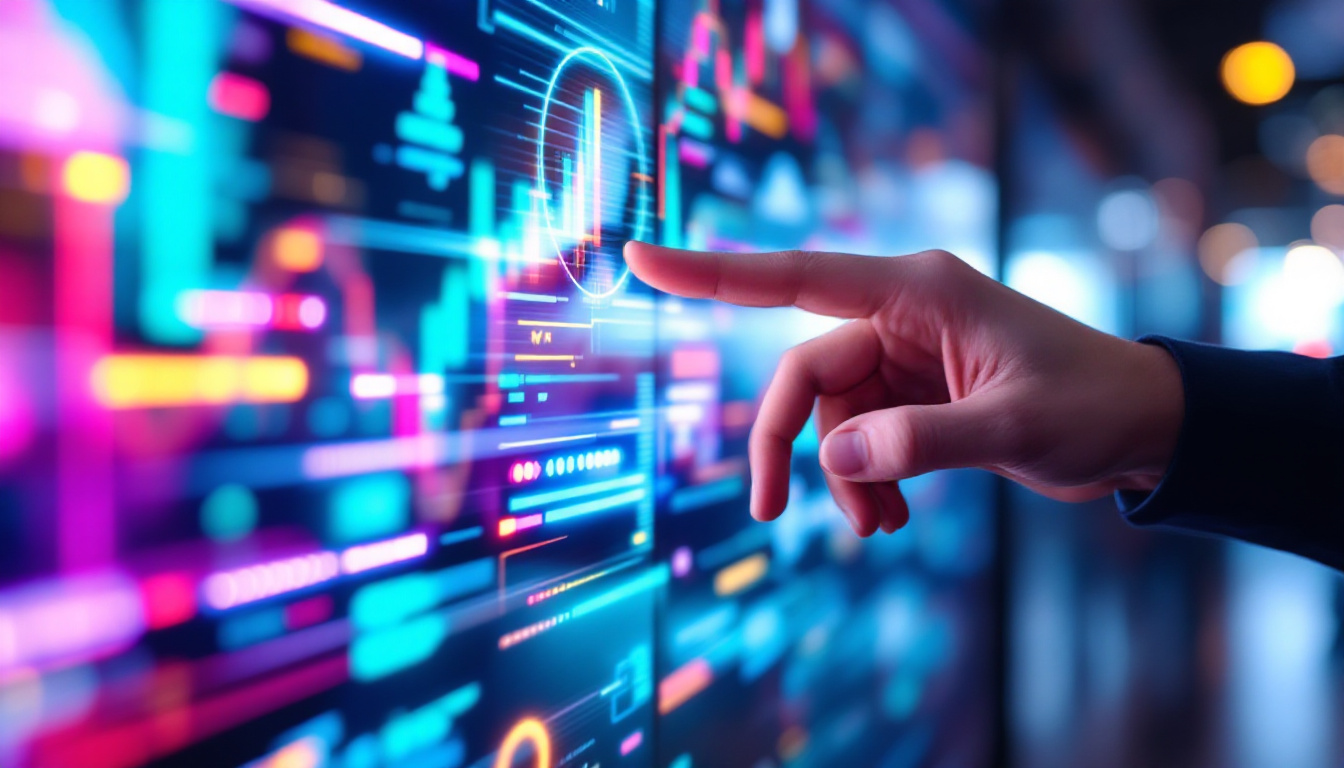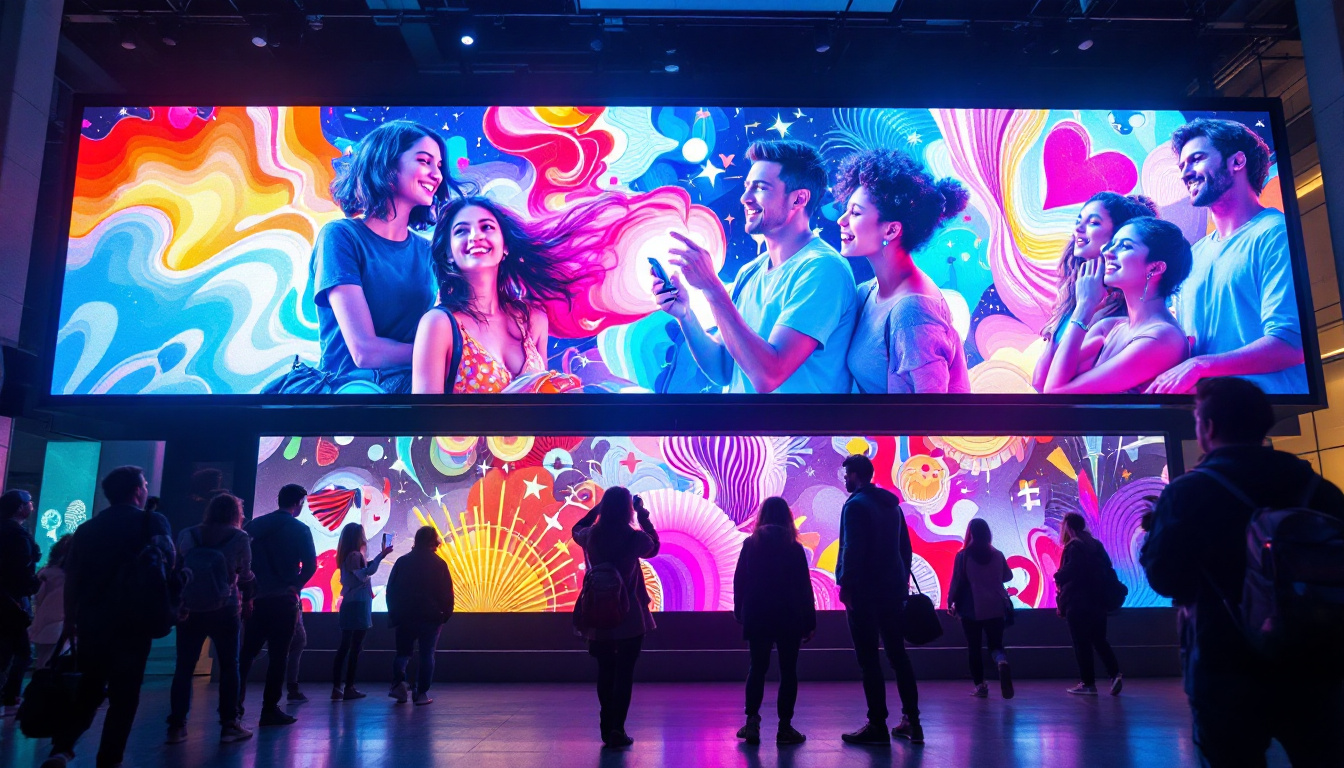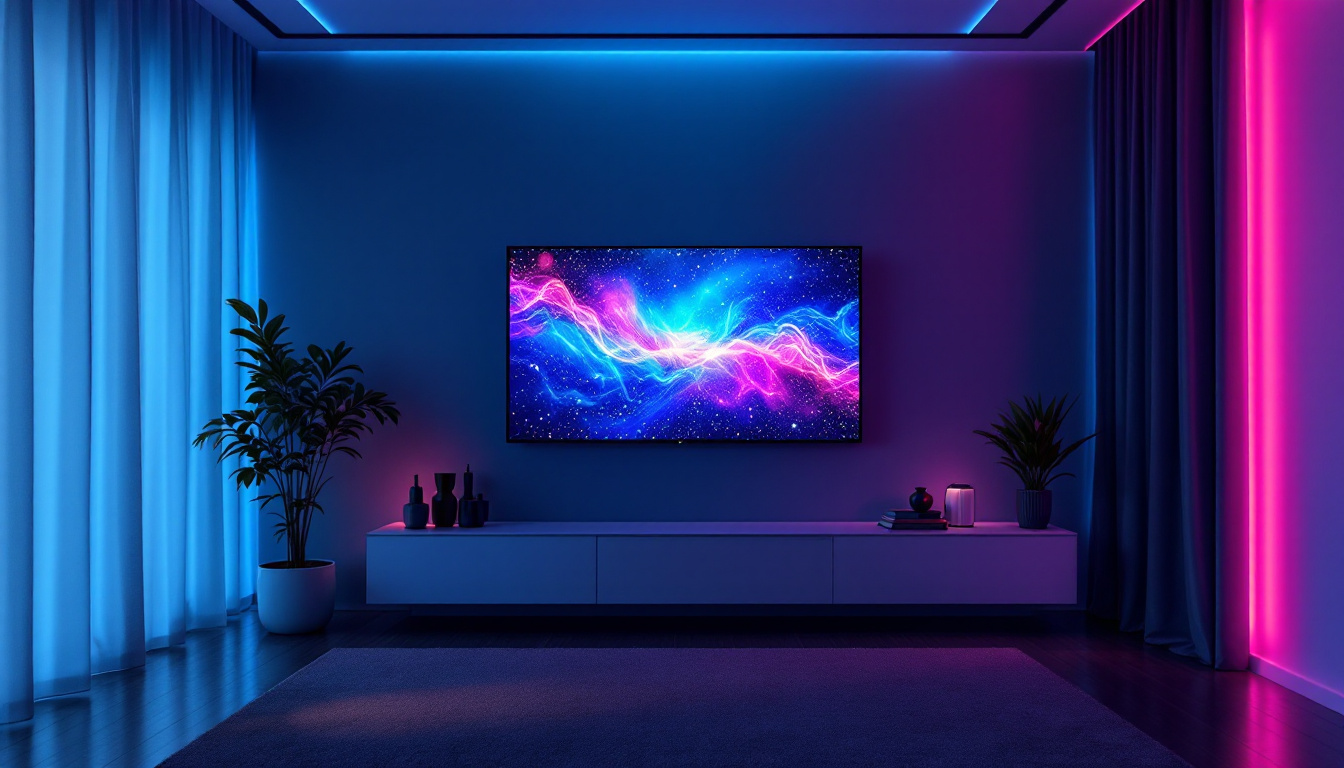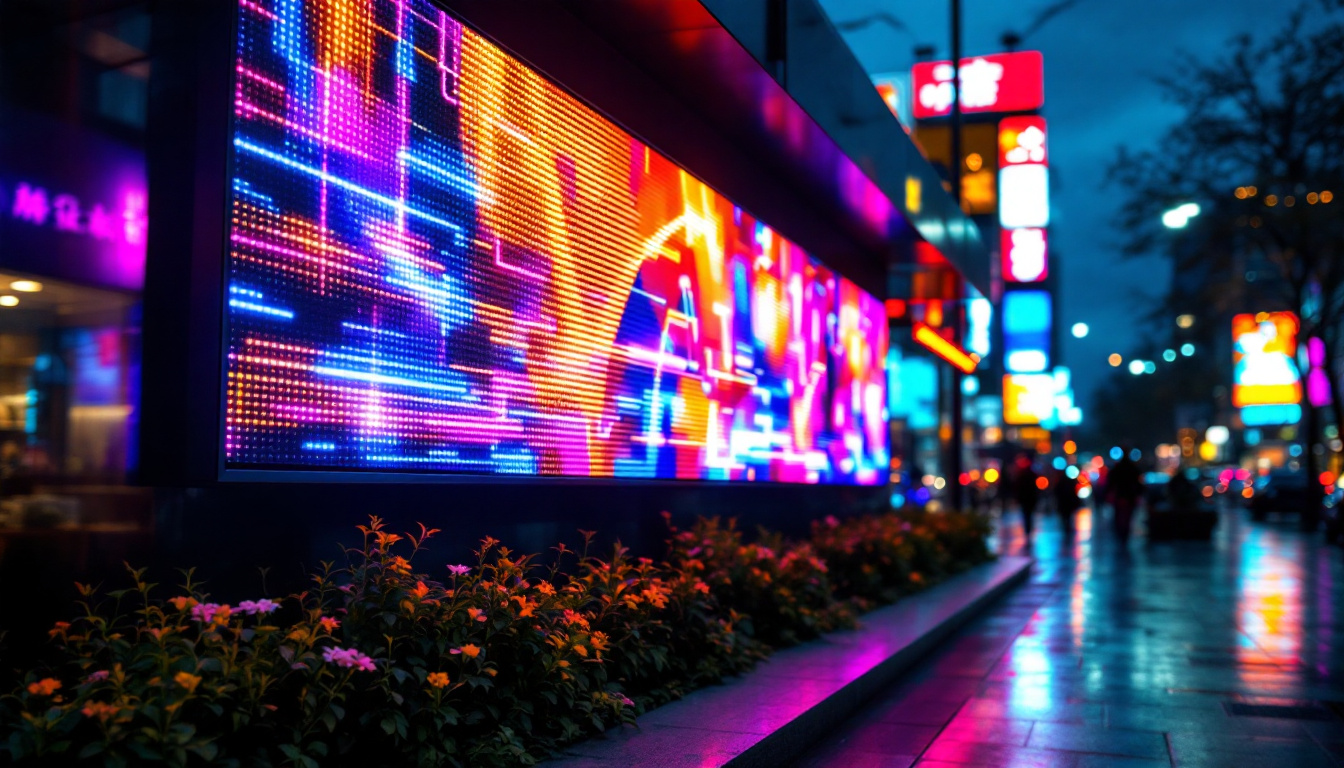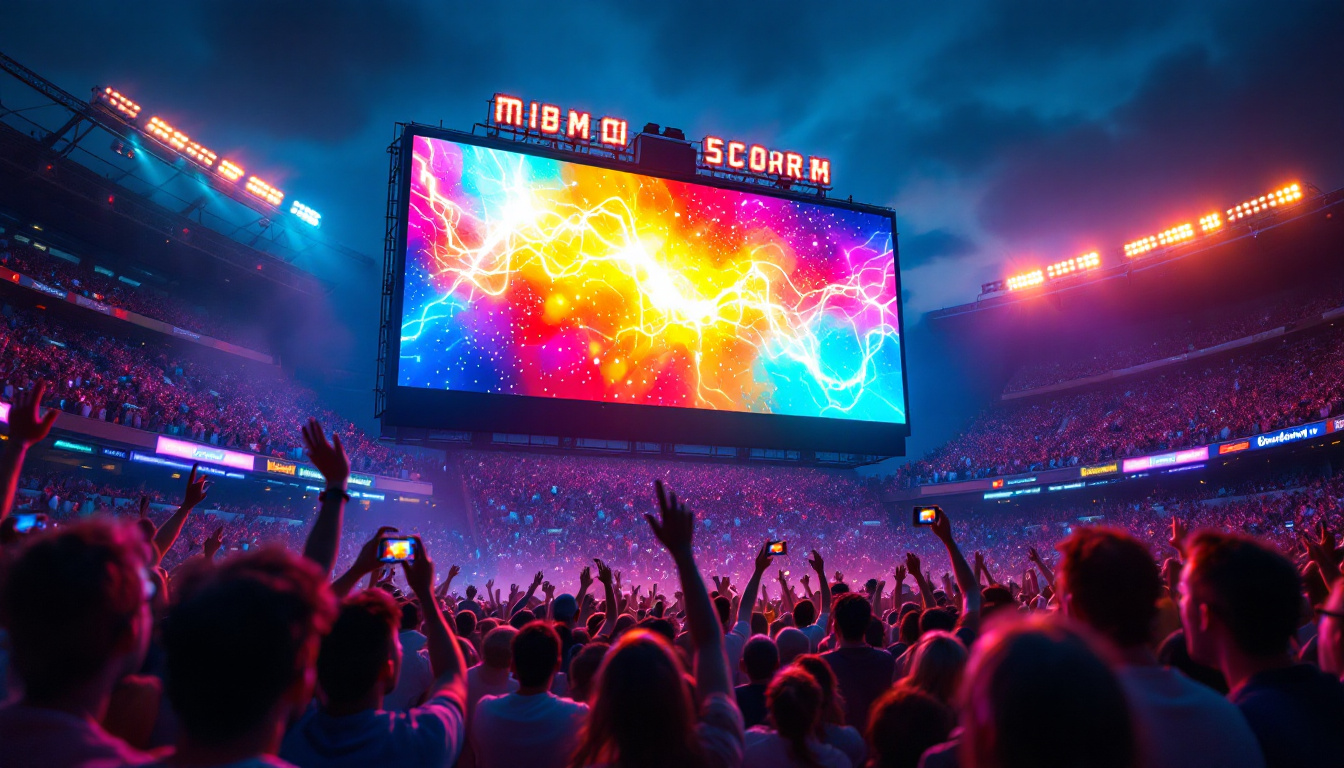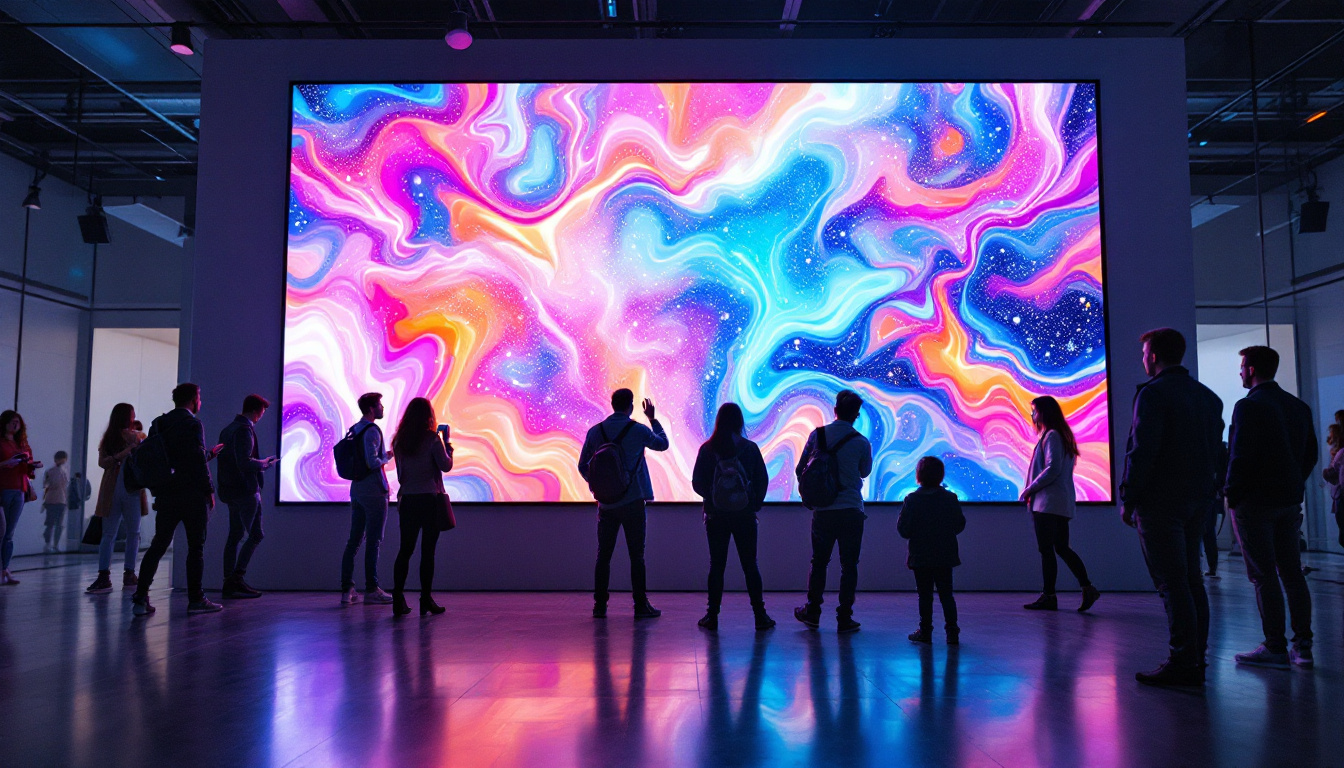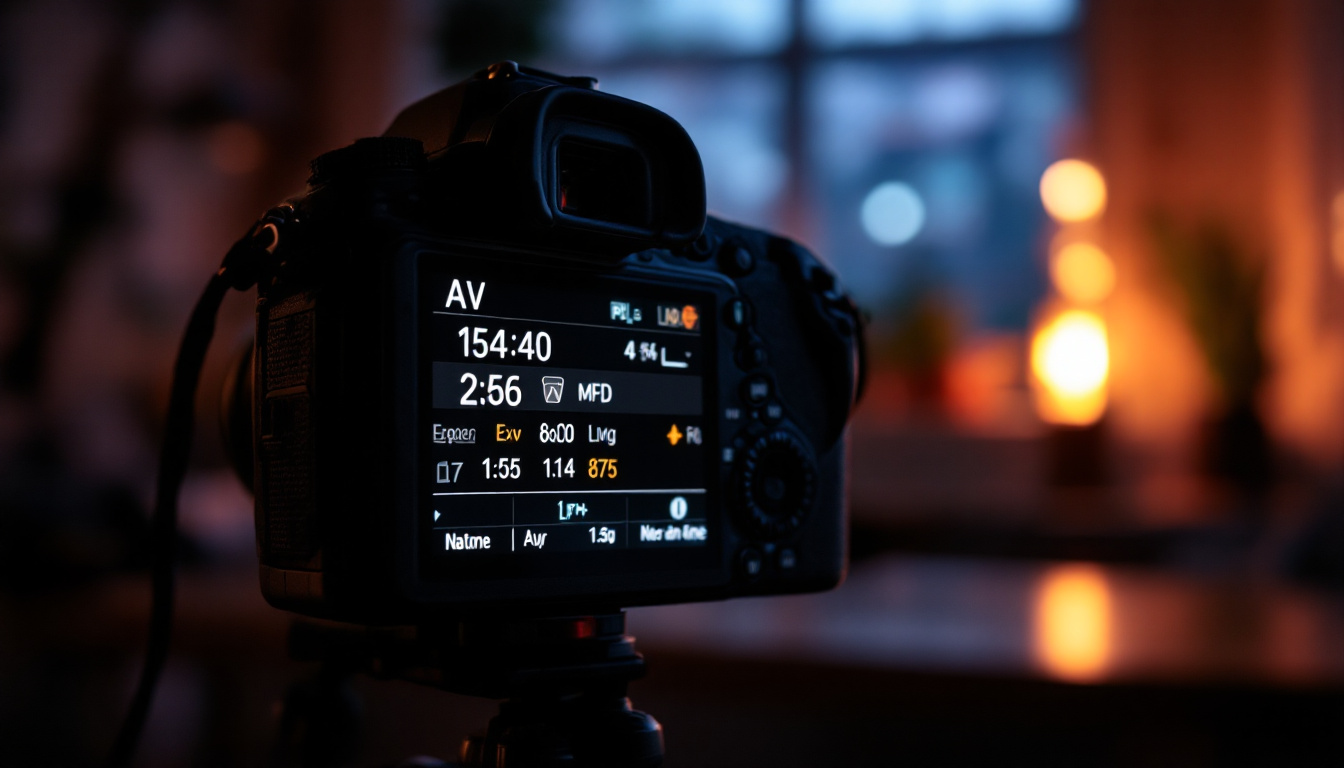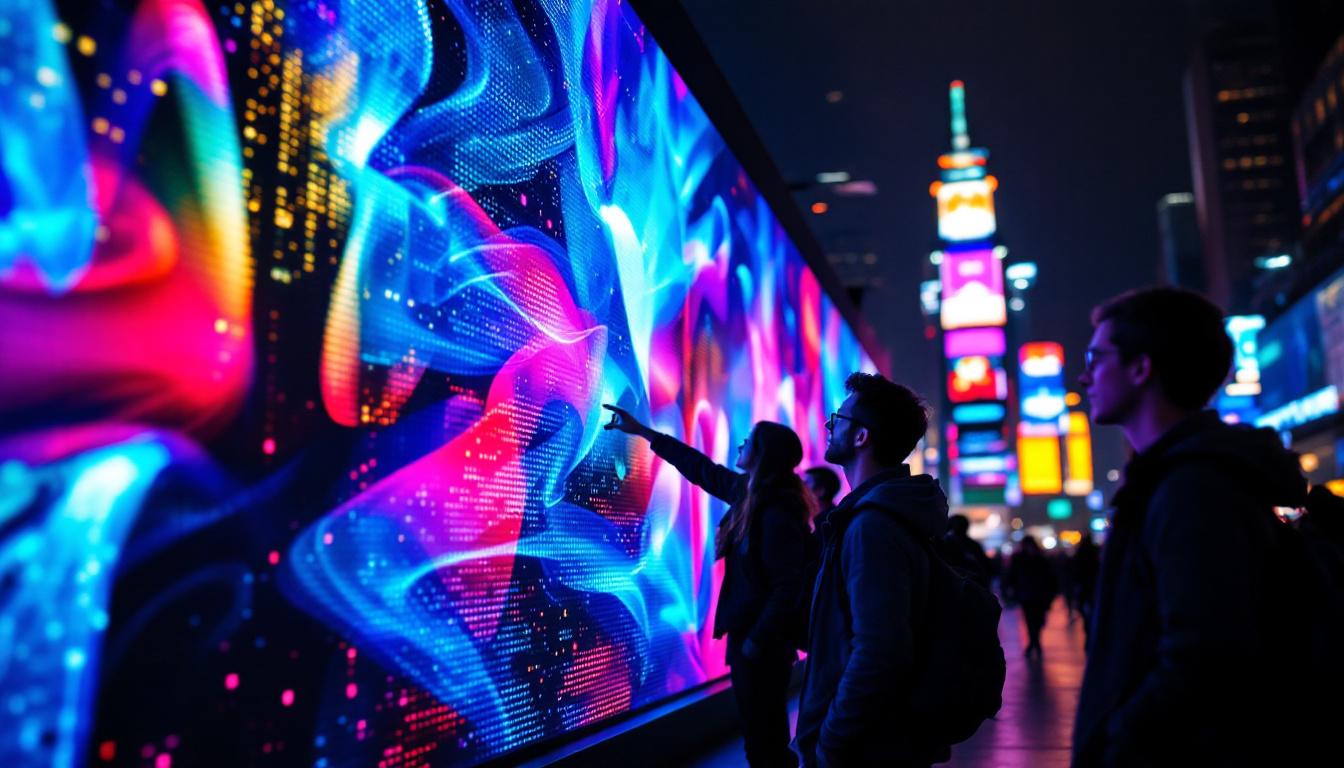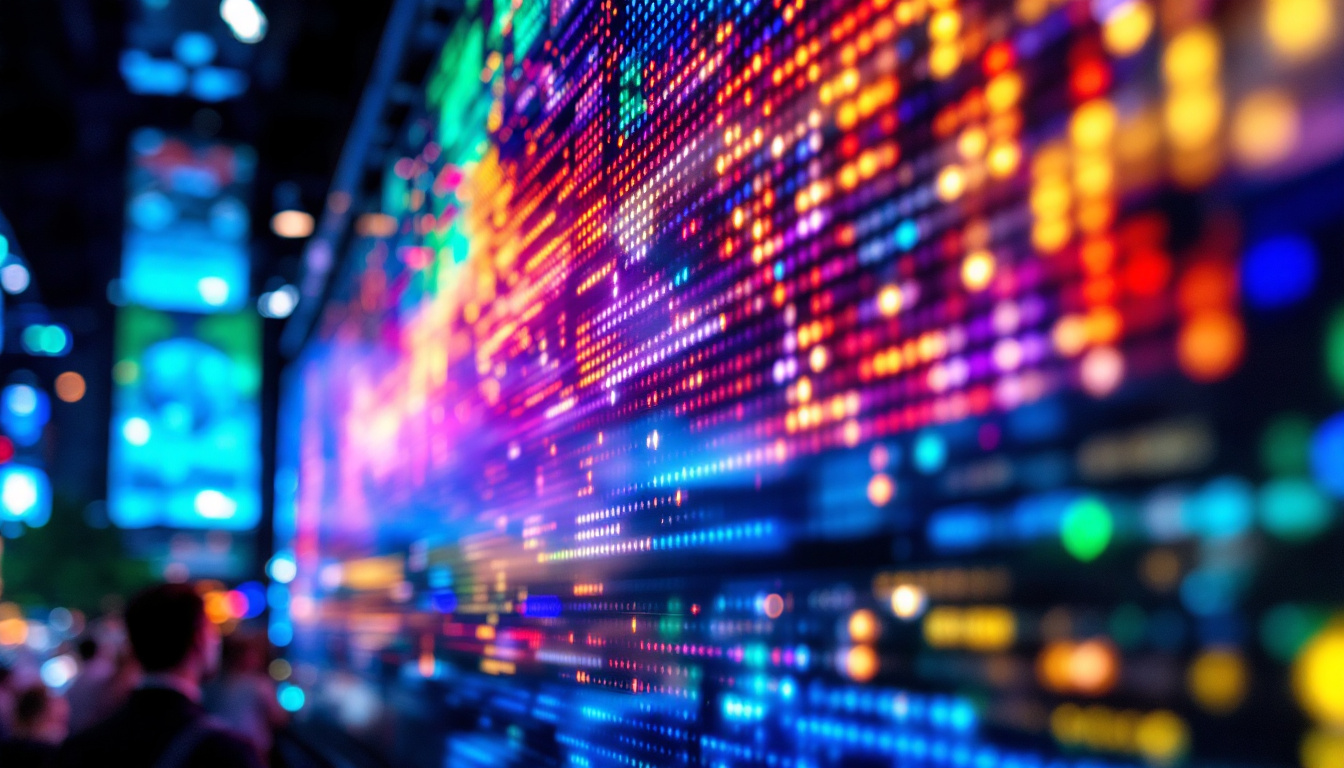In the realm of modern advertising and communication, large LED displays have emerged as a powerful tool. Known for their vibrant colors, high visibility, and versatility, these displays have transformed the way brands interact with their audiences. This article delves into the intricacies of large posterboard LED displays, exploring their technology, applications, benefits, and future trends.
Understanding LED Technology
Light Emitting Diodes (LEDs) are semiconductor devices that emit light when an electric current passes through them. The technology behind LEDs has advanced significantly, making them a popular choice for large displays. Unlike traditional bulbs, LEDs are energy-efficient, have a longer lifespan, and offer superior brightness and color quality.
The Basics of LED Displays
LED displays consist of numerous individual LEDs arranged in a grid. Each LED can be controlled independently, allowing for the creation of dynamic images and videos. The combination of red, green, and blue (RGB) LEDs enables the display to produce a wide spectrum of colors, making it ideal for vibrant advertising and captivating visual presentations.
These displays can be categorized into two main types: direct view and rear projection. Direct view displays are made up of surface-mounted LEDs that can be viewed from the front, while rear projection displays use projectors to display images on a screen from behind. Direct view displays are more common in outdoor advertising due to their brightness and visibility in various lighting conditions.
Pixel Pitch: A Key Factor
Pixel pitch refers to the distance between the centers of two adjacent pixels on an LED display. It is a crucial factor that determines the resolution and clarity of the images displayed. A smaller pixel pitch results in higher resolution, making it suitable for closer viewing distances. Conversely, a larger pixel pitch is more appropriate for displays viewed from a distance, such as those used in stadiums or large outdoor billboards.
Applications of Large LED Displays
Large LED displays have found applications across various sectors, including advertising, entertainment, transportation, and more. Their versatility makes them suitable for a range of environments, from bustling city centers to quiet corporate offices.
Advertising and Marketing
One of the most prominent applications of large LED displays is in advertising. Brands utilize these displays to showcase promotions, new products, and engaging content that captures the attention of passersby. The dynamic nature of LED displays allows for changing content, enabling brands to tailor their messages to different audiences and times of day.
Moreover, the ability to display high-definition video content has revolutionized advertising strategies. Brands can now create immersive experiences that resonate with consumers, leading to increased engagement and brand recall. The impact of LED advertising is evident in urban landscapes, where large displays dominate the skyline, attracting the attention of thousands.
Entertainment and Events
In the entertainment industry, large LED displays play a vital role in enhancing the audience experience. Concerts, festivals, and sporting events often feature massive LED screens that display live feeds, graphics, and animations. These displays ensure that every attendee, regardless of their seating position, can enjoy the performance in high definition.
Additionally, LED displays are used in theme parks and attractions to create immersive environments. By integrating visual effects with lighting and sound, these displays contribute to storytelling and enhance the overall visitor experience.
Transportation and Public Information
Large LED displays are increasingly being used in transportation hubs such as airports, train stations, and bus terminals. They provide real-time information about arrivals, departures, and delays, improving the flow of information for travelers. The bright and clear visuals ensure that even in crowded and noisy environments, important messages are communicated effectively.
public information displays in city centers also utilize LED technology to convey messages about safety, events, and public services. These displays serve as a vital communication tool, keeping citizens informed and engaged with their communities.
Benefits of Large LED Displays
The advantages of using large LED displays extend beyond mere aesthetics. Their impact on business and communication is profound, making them an essential investment for many organizations.
Energy Efficiency
One of the standout features of LED technology is its energy efficiency. Compared to traditional lighting methods, LED displays consume significantly less power, leading to reduced operational costs. This energy efficiency not only benefits the environment but also allows businesses to allocate resources more effectively.
Moreover, advancements in LED technology continue to improve energy consumption, making these displays even more sustainable. Many manufacturers now offer eco-friendly options that further minimize the environmental impact.
Durability and Longevity
Large LED displays are designed to withstand various environmental conditions, making them suitable for outdoor use. They are typically resistant to weather elements such as rain, wind, and extreme temperatures. This durability translates to a longer lifespan, reducing the need for frequent replacements and maintenance.
Additionally, the robust construction of LED displays ensures that they can endure the rigors of daily use in high-traffic areas. This reliability is crucial for businesses that rely on consistent communication with their audience.
High Visibility and Impact
The brightness and clarity of LED displays are unmatched, allowing for high visibility even in direct sunlight. This characteristic is particularly important for outdoor advertising, where competition for attention is fierce. The vibrant colors and sharp images produced by LED technology ensure that messages are conveyed effectively.
Furthermore, the ability to display dynamic content, such as animations and videos, enhances the impact of advertising campaigns. Brands can create memorable experiences that resonate with viewers, leading to increased brand awareness and customer engagement.
Challenges and Considerations
While large LED displays offer numerous benefits, there are challenges and considerations that organizations must address before implementation. Understanding these factors is essential for maximizing the effectiveness of LED technology.
Initial Investment Costs
The initial investment for large LED displays can be significant. Depending on the size, resolution, and technology used, costs can vary widely. Organizations must weigh the potential return on investment against the upfront costs to determine if the investment aligns with their marketing and communication strategies.
However, it is important to consider the long-term savings associated with energy efficiency and reduced maintenance costs. Over time, the financial benefits of using LED displays can outweigh the initial expenditure.
Content Management
Creating and managing content for large LED displays requires careful planning and strategy. Organizations must ensure that the content is engaging, relevant, and updated regularly to maintain viewer interest. This can involve hiring specialized personnel or investing in content management systems that streamline the process.
Moreover, the effectiveness of the display is contingent upon the quality of the content. Poorly designed visuals or irrelevant messaging can detract from the overall impact, making it essential for businesses to prioritize high-quality content creation.
Regulatory Compliance
In many regions, regulations govern the use of large LED displays, particularly in outdoor settings. Organizations must be aware of local laws regarding brightness levels, content restrictions, and placement to avoid potential fines or legal issues. Engaging with local authorities and understanding compliance requirements is crucial for successful implementation.
Future Trends in LED Display Technology
The landscape of LED display technology is continually evolving, with innovations that promise to enhance performance and expand applications. As technology advances, several trends are emerging that could shape the future of large LED displays.
Integration with Smart Technology
As the Internet of Things (IoT) continues to grow, the integration of LED displays with smart technology is becoming increasingly common. This integration allows for real-time data sharing, enabling businesses to tailor their messaging based on audience behavior and preferences.
For example, smart LED displays can adjust brightness based on ambient light conditions or change content based on the time of day. This level of adaptability enhances the effectiveness of advertising and communication efforts, providing a more personalized experience for viewers.
Advancements in Resolution and Flexibility
As demand for higher resolution and flexible displays increases, manufacturers are innovating to meet these needs. The development of microLED and flexible LED technology is paving the way for displays that can be seamlessly integrated into various environments, from retail spaces to architectural designs.
These advancements not only improve visual quality but also expand the creative possibilities for businesses and designers. The ability to create custom shapes and sizes allows for unique installations that capture attention and enhance brand identity.
Sustainability Initiatives
With growing concerns about environmental impact, the LED display industry is increasingly focusing on sustainability. Manufacturers are exploring eco-friendly materials and production processes to minimize waste and reduce carbon footprints.
Additionally, the development of recycling programs for old LED displays is becoming more common, ensuring that materials are reused and repurposed. As sustainability becomes a priority for consumers, businesses that adopt eco-friendly practices will likely gain a competitive edge.
Conclusion
Large LED displays have revolutionized the way brands communicate with their audiences, offering a dynamic and engaging platform for advertising and information dissemination. With their energy efficiency, durability, and high visibility, these displays are an invaluable asset across various sectors.
However, organizations must navigate challenges such as initial investment costs, content management, and regulatory compliance to maximize the benefits of LED technology. As the industry continues to evolve, embracing future trends such as smart integration, enhanced resolution, and sustainability initiatives will be crucial for staying ahead in a competitive landscape.
Ultimately, large LED displays represent a significant opportunity for businesses to connect with their audiences in meaningful ways, making them an essential component of modern communication strategies.
Discover LumenMatrix’s Innovative LED Solutions
Ready to elevate your brand’s presence and captivate your audience with stunning visuals? Look no further than LumenMatrix, a pioneer in LED display technology. From vibrant Indoor and Outdoor LED Wall Displays to versatile Vehicle and Sports LED Displays, LumenMatrix offers an array of solutions tailored to your unique needs. Experience the future of visual communication with our Floor LED Displays, Custom LED Displays, All-in-One LED Displays, and LED Transparent Displays. Embrace the power of LED innovation and transform your messaging into unforgettable experiences. Check out LumenMatrix LED Display Solutions today and step into a world where your brand’s vision becomes a vivid reality.

